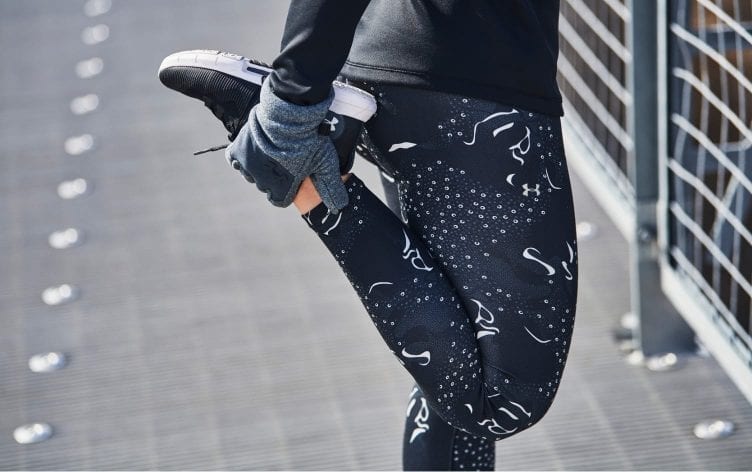
Why Exercise Is Good For Arthritis in the Knees
A persistent belief among arthritis sufferers — and even some doctors — is exercise can increase inflammation and pain, particularly in the knees. But recent research suggests that may be misguided.
As long as you exercise the correct way — avoiding certain moves that really can exacerbate your issues — workouts can be a boon to improving arthritis symptoms, not to mention helpful for overall health and wellness.
THE STUDY
In a study published in July 2019 in the British Journal of Sports Medicine, Scottish researchers looked at 21 previous studies across multiple countries, including the U.S., China, Brazil and Sweden, all related to the impact of therapeutic exercise on knee joint health, with about 2,000 study subjects total. The research participants all had osteoarthritis already or were at high risk of development based on the composition of their knee cartilage.
In terms of exercise programs, those varied greatly, ranging in type of activity, how often exercise was performed, and the length of a study’s timeframe. Some studies were brief, for example, done over the course of four weeks, with exercise done just once a week. But others were longer — up to nearly a year — and with more frequency, like 4–5 times per week. Activities included aquatics, cardio and strength training.
But they were all consistent when it came to which biomarkers the researchers considered, with most relying heavily on cartilage thickness in the knee joint, as well as inflammation overall.
The result? Loading the knee joints through exercise wasn’t harmful for participants and, in fact, created numerous benefits in terms of lowering inflammation levels and improving strength and flexibility.
WHY EXERCISE HELPS
“People with knee osteoarthritis must be reassured that therapeutic exercise prescribed to prevent or treat symptomatic knee osteoarthritis is safe and, if anything, could improve cartilage composition,” says the study’s lead researcher, Alessio Bricca, PhD, of the Institute of Applied Health Sciences at the University of Aberdeen. “Instead of rest and activity avoidance, these people should be encouraged, reassured and supported to engage in physical activity.”
He added that exercise may temporarily cause pain flares when you first start, but those usually fade over time, especially if you’re careful to increase activity gradually, and you’re not doing workouts that stress the joints with arthritis.
THE RIGHT KIND OF WORKOUTS
One of the biggest reasons exercise can help arthritis is it’s been shown to reduce inflammation — often by quite a bit. And it doesn’t even take long to work. One study found inflammation can lower with just 20 minutes of moderate exercise.
But you need to make sure you’re stressing joints in the right way, and particularly focus on strengthening the muscles surrounding the joints so they can support them more effectively.
Activities like swimming and weight training are helpful, suggests Bricca, and even running can be useful if you focus on increasing your distance very gradually over time. Running may even help prevent hip and knee arthritis, research has noted, finding that the arthritis rate of active marathoners was actually below that of the general U.S. population.
What you should avoid is jumping, like doing plyometrics, according to Los Angeles-based personal trainer Holly Perkins, a certified strength and conditioning specialist, at least until you gain considerable strength in your legs, and can also be coached on how to land properly.
“Plyometrics are popular because they look fun, with HIIT classes and bootcamp classes,” she says. “But you need to work up to jumping, especially if you have arthritis in your joints. You can dial up the intensity, but take your time to do it.”
Another strategy to avoid: Doing only one sport. Cross-training is the way to go for arthritis, says Dr. Steve Yoon, physiatrist and director of The Regenerative Sports and Joint Clinic at Cedars-Sinai Kerlan-Jobe Institute in Los Angeles.
Yoon says osteoarthritis can be an overuse injury, which means you’re stressing the joint in the same way, over and over. Doing multiple types of activity — and making sure you’re increasing that exercise — is a great way to address existing arthritis and prevent getting it if you’re at risk.
“When you gain weight and get deconditioned, it can make your arthritis and joint degeneration speed up,” says Yoon. “Start a strength program now, especially if you’re looking for prevention.”





